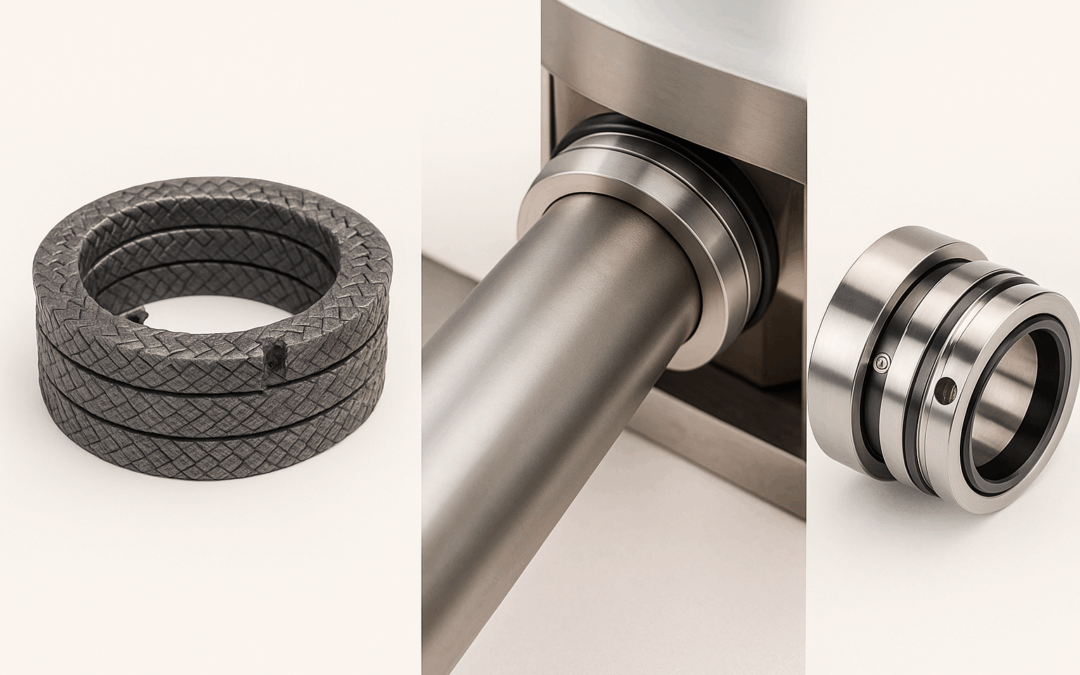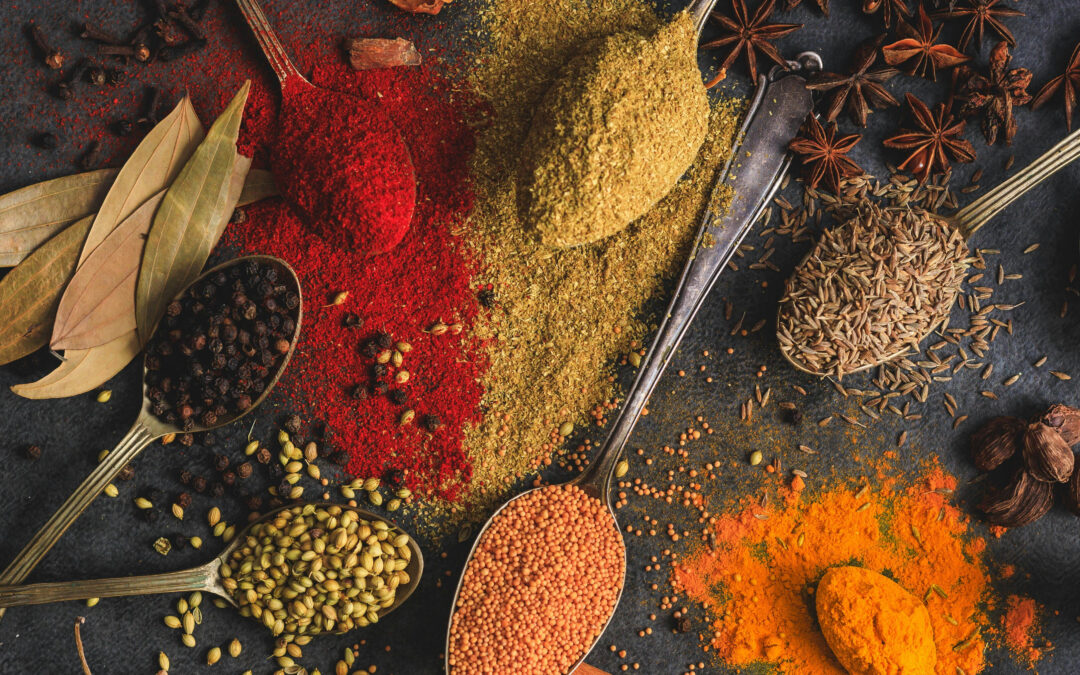The U.S. Food & Drug Administration generally recognizes only one type of packaging material as safe; glass. Academic research also supports this fact as a growing body of information continues to show the harmful effects that can potentially occur due to bisphenol A (BPA) and other chemicals used in some plastics production. Glass is the only packaging material that requires neither a plastic nor chemical liner that may affect food and beverage taste. Where other food and beverage packaging options may affect both taste and consumer health, glass is made from 100% natural raw materials. The use of limestone, soda ash, silica sand, and recycled glass creates a final product that doesn’t migrate into food or beverages.
Concerns in Food Processing
The American Academy of Pediatrics (AAP) recently issued updated guidelines outlining the importance of avoiding certain chemicals used in food processing. This policy statement issued recommended families, and most importantly children, minimize their use of canned foods and plastic containers. The expectation of these steps would be to reduce exposure to chemicals and other health concerns related to flavorings and coloring added during food processing.
The current regulatory framework that examines a number of these chemicals is based on outdated information. Copious amounts of recent evidence shows negative health effects in children due to the adding of chemicals into food processing. According to the statement in the August 2018 Pediatrics, “Food Additives and Child Health”, some currently allowed chemicals should be avoided, especially for children. This occurs not only through ingredients added to the product itself but also in adhesives and coatings used in manufacturing and packaging.
The AAP’s concerns are driven by recent evidence documenting how various chemicals in food has the ability to hinder long-term childhood development and growth. Experts have expressed concern that these side effects can affect everything from brain development and hormone disruption to increased risk of obesity and decreased birth weight. Due to this evidence, the AAP is pushing for much needed reforms to the current FDA regulatory processes for food additives.
New Guideline Recommendations
The prioritization of fresh or frozen fruits and vegetables whenever possible is made by the AAP to help families make healthy choices. They recommend against canned food consumption when possible as most cans contain a plastic liner. Another step to reduce exposure of kids to these chemicals includes using alternative packaging such as glass or stainless steel.
Even breast milk and infant formula is recommended not to be microwaved in plastic containers. Due to these concerns, there has been a increased focus on providing both BPA free plastic and glass bottle options. Glass is the best option for microwaved food. If plastic products must be used, the AAP encourages parents to look at the bottom of products to identify the recycling codes. Those with codes 3, 6, and 7 may contain chemicals such as styrene, phthalates, and bisphenols and are to be avoided when at all possible.
Preferred Alternatives
The gold standard of packaging continues to be glass. Due to its naturally transparent and pure nature, glass is the ideal container for both taste and health. They are both 100% and endlessly recyclable plus have no negative effects on oceans and marine life. Glass has a bright future in continuing to be the preferred package choice for food and beverages.
Advantage of Glass Packaging and Benefits of Glass Containers for Dairy. (2016, September 15). Retrieved from https://www.stanpacnet.com/glass-packaging-benefits/#span_style=font-weight_400glass_packaging_is_healthier_and_safer_for_consumers_and_their_familiesspan_3
Advocacy. (n.d.). Retrieved from http://www.gpi.org/advocacy/health-packaging-issues
Key Benefits of Glass Bottles to Package Food and Beverage Items. (2018, July 24). Retrieved from https://www.mjspackaging.com/blog/key-benefits-glass-bottles/




